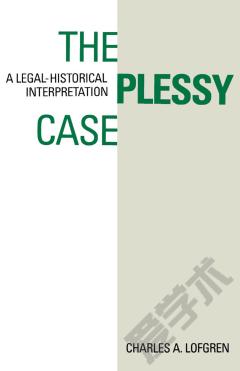The Legal Understanding of Slavery —— From the Historical to the Contemporary
----- 奴隶制的法律解读: 古往今来
Bellagio-Harvard Guidelines on the Legal Parameters of Slavery Introduction SECTION 1: HISTORICAL READINGS OF THE LAW OF SLAVERY 1. The Nature of Slavery 2. The Law of Slavery in European ius commune 3. Definition and Conceptions of Slave Ownership in Islamic Law 4. The Definition of Slavery in Eighteenth-Century Thinking: Not the True Roman Slavery 5. From Consensus to Consensus: Slavery in International Law SECTION 2: THE AMERICAN EXPERIENCE: BLURRED BOUNDARIES OF SLAVERY 6. Slavery in the United States: Persons or Property?, 7. To Indent Oneself: Ownership, Contracts, and Consent in Antebellum Illinois 8. Under Color of Law: Siliadin v. France and the Dynamics of Enslavement in Historical Perspective 9. The Rise, Persistence, and Slow Decline of Legal Slavery 10. The Abolition of Slavery in the United States: Historical Context and its Contemporary Application SECTION 3: THE 1926 DEFINITION IN CONTEXT 11. The Definition of Slavery into the Twenty-First Century 12. Seeking to Understand the Definition of Slavery 13. The Concept of Property and the Concept of Slavery 14. Defining Slavery in all its Forms: Historical Inquiry as Contemporary Instruction SECTION 4: CONTEMPORARY SLAVERY 15. Slavery in its Contemporary Manifestations 16. Contemporary International Legal Norms on Slavery: Problems of Judicial Interpretation and Application 17. Trafficking, Gender, and Slavery: Past and Present 18. Professor Kevin Bales' Response to Professor Orlando Patterson 19. Professor Patterson Rejoiner: A Response to Professor Kevin Bales APPENDICES 1926 Slavery Convention 1956 Supplementary Convention on the Abolition of Slavery, the Slave Trade, and Institutions and Practices Similar to Slavery
{{comment.content}}








 京公网安备 11010802027623号
京公网安备 11010802027623号